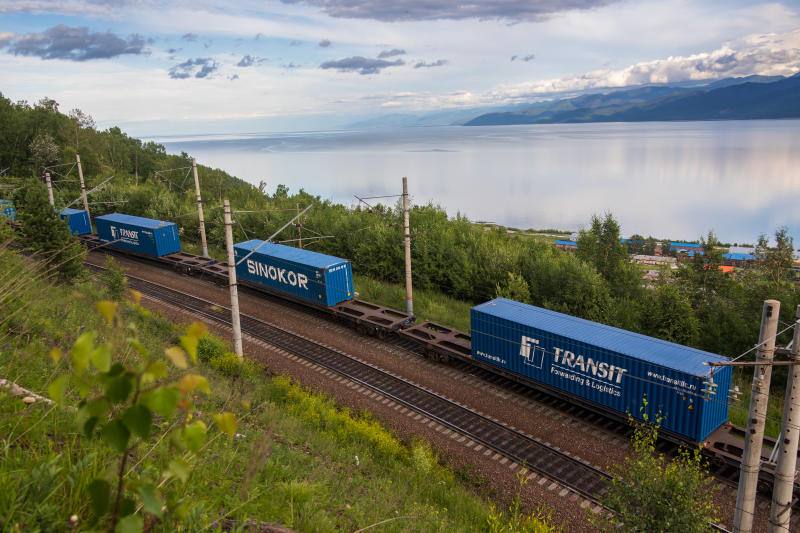
RF Government suggests increasing the number of eastbound container trains by three pairs a day until the end of this year. The market players mark the record-breaking congestion of containers in the ports of Vladivostok and Vostochny in September-October. That solution will entail the need to redirect about 800 thousand tonnes of export coal to other basins of Russia. Analysts say the situation with the Eastern Polygon loading can be resolved if the number of container trains is increased to 30 per week.
In September, the Ministry of Transport and Russian Railways set up a rapid response centre to manage the forwarding of containers from port terminals in the Far East, Minister of Transport Vitaly Savelyev said yesterday at the meeting of Russian President Vladimir Putin with Government members. As of November 14, five port container terminals operated at 117 percent capacity, and six rear terminals, at 74 percent, added the Minister.
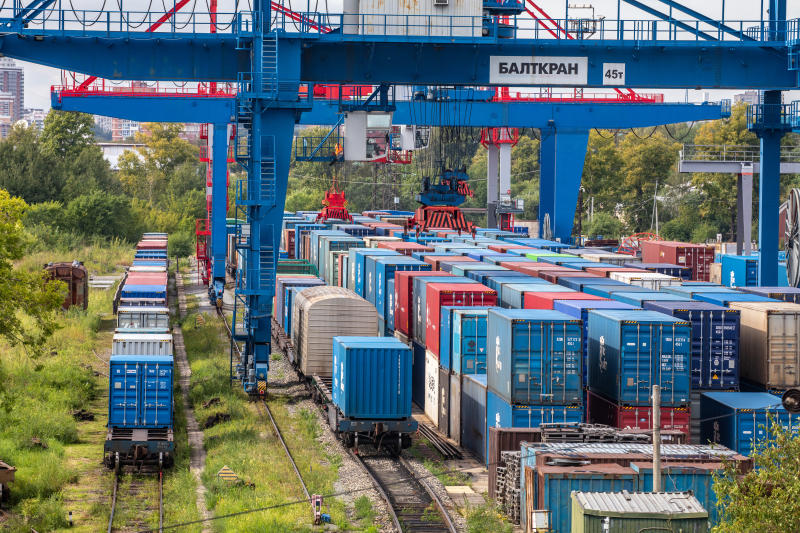
The ports of the Far East faced the problem of containers congestion in September. According to the estimations of the market players, about 70 thousand TEU have not been exported by November. The launching of additional container trains will let partially move cargo for which no empty platforms are supplied by Russian Railways. “Amid the extreme loading of the Eastern Polygon, Russian Railways shares the interests of the majority of shippers in maximum possible transportation of cargo rather than empty cars. To supply an additional train with empty platforms for container loading, one loaded train will have to be canceled, which means that suppliers of coal, metals, timber and other cargoes will be denied transportation,” explained the company. The imbalance between the arrival of export containers and the departure of import containers is still fairly high, added Russian Railways. Therefore, in the autumn of 2022, operators of open-top w cars started offering trains for shipping of containers, but this measure failed to become popular, the company told PortNews.
One of the steps “is to increase the number of eastbound container trains by three pairs a day until the end of this year, that is, in fact, for six weeks, by reducing the transport of cargo, including coal. This decision, apart from imports, will also increase the volume of export goods that we move. The projected drop in power station coal shipments will be about 800,000 tonnes by the end of the year, or 1.4 percent of the annual volume we plan to deliver next year. We will do our best to fully move this volume out by April 15,” said Vitaly Savelyev proposing to consider the possibility of increasing container transport rates for eastbound shipping in 2023 while simultaneously reducing the rates for shipments to the ports in the northwest.
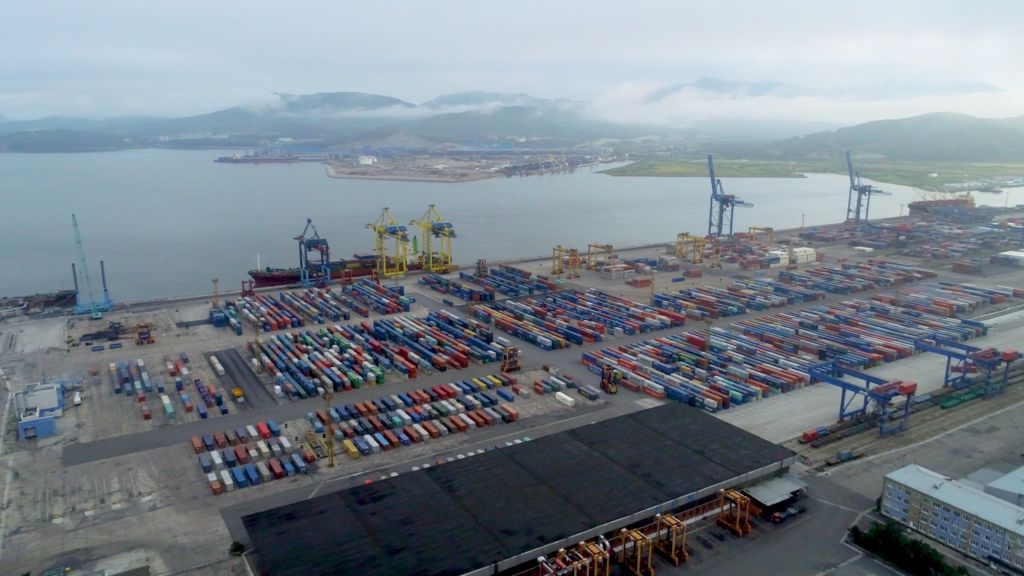
A discussion of the access to the limited infrastructure of the Eastern Polygon between the container operators and coal companies has aggravated in view of the eastward pivot of Russia’s logistics after February 2022. With the withdrawal of line operators from the North-West ports of Russia and introduction of sanctions against Russia, the Far East terminals turned into the main gate of the country for import of consumer and industrial goods.
In the middle of 2022, RF Government suspended the rule of non-discriminatory access to the infrastructure of Russian Railways setting the order of transportation on the BAM and Transsib railways until 1 July 2023. That is to ensure the transportation of more high paying freight such as coal along those routes. Thus, temporary rules approved by Russian Railways will be in force until mid-2023, said the company. “The priority in the Eastern Polygon will be given to special, military, and high technology goods as well as to cargo transportation within Russia regardless of types of cargo. The volume of containerized cargo will be determined basing on those rules if the government does not take a different decision. So, they will depend on the volumes of cargo with a high priority and on the ability to supply platforms with export containers to the Far East ports so that they could be loaded with import containers for a return transportation,” emphasized Russian Railways.
“We consider it an imbalanced situation when one or two types of cargo out of thousands of items is given a dominant priority on the network, especially in the limited Eastern Polygon. A decision on infrastructure distribution should be made basing on the social and economic role of various cargoes carried by railways on the entire economy of the country,” says Sergey Avseykov, Executive Director of the Eurasian Union of Rail Freight Traffic Participants (ESP).
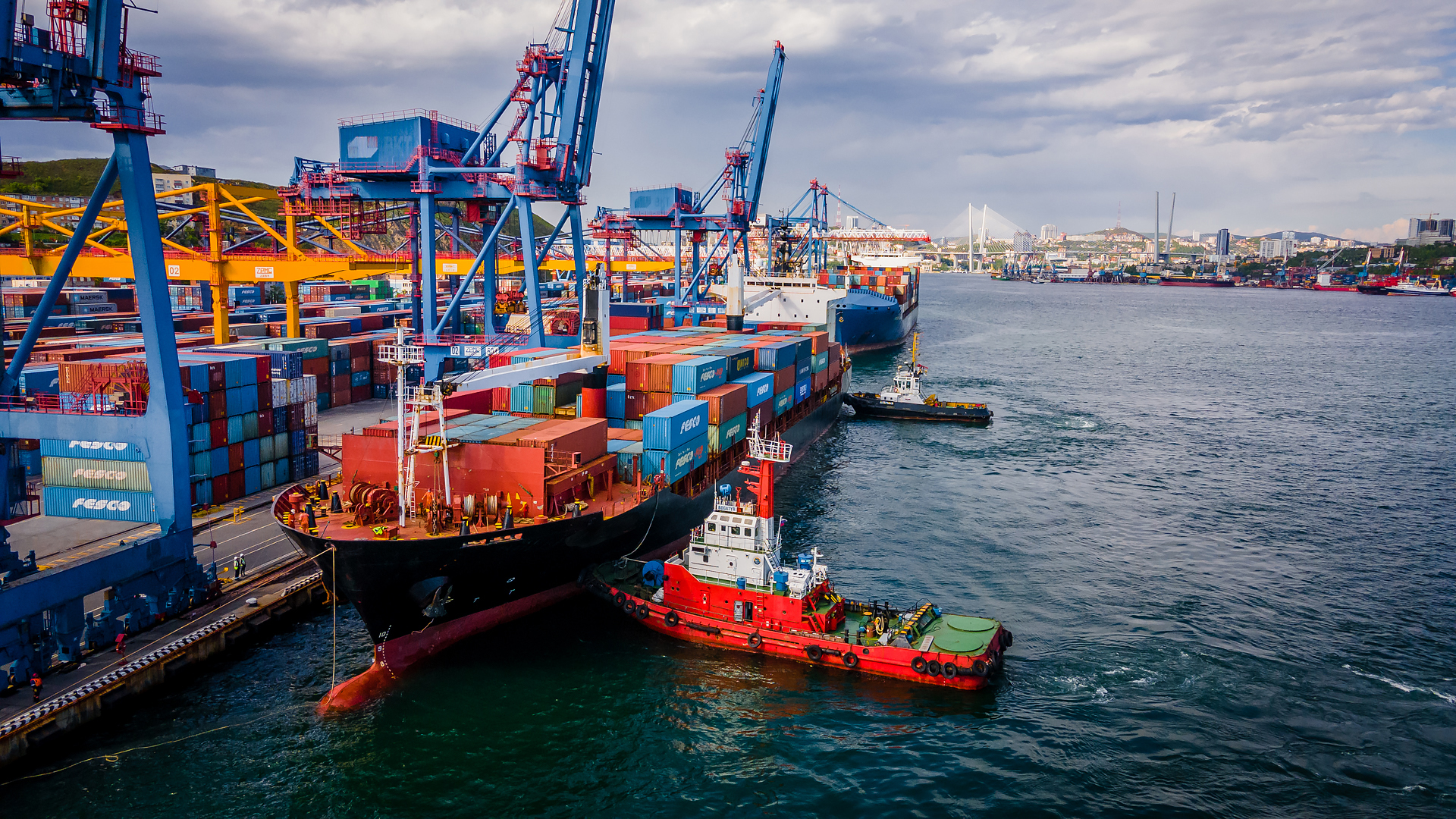
According to the Strategic Research Center (SRC) and the Eurasian Union of Rail Freight Traffic Participants (ESP), limited capacity of the Eastern Polygon in transportation of containers threatens with 13.3% loss of GDP in 2023-2024. According to SRC President Vladislav Onishchenko, about 47% of Russia companies’ mechanical machinery is imported with the share varying in different sectors. For example, in manufacture of motor vehicles and production of medicines it makes about a half. SRC expects the import of the key container cargoes via western borders of the Russian Federation to fall by 9.5 million tonnes. Meanwhile, the import of the key container cargoes via the Eastern Polygon is to grow by 11.5 million tonnes in 2023-2024. According to SRC, crucial imports via the Eastern Polygon totaled 4.3 million tonnes in 2021 (chemical industry products, machinery, spare parts, equipment and electric systems).
ESP and SRC offer two scenarios for distribution of the Eastern Polygon capacity in 2023-2024 basing on the volumes of cargo and the contribution in GDP and the budget. The target scenario (46-54 trains with coal and 24-29 container trains per day) will ensure higher contribution to the GDP and budget revenues (up to RUB 23 billion by 2025) as compared with the business-as-usual scenario (68-80 trains with coal and 16-18 container trains per day).
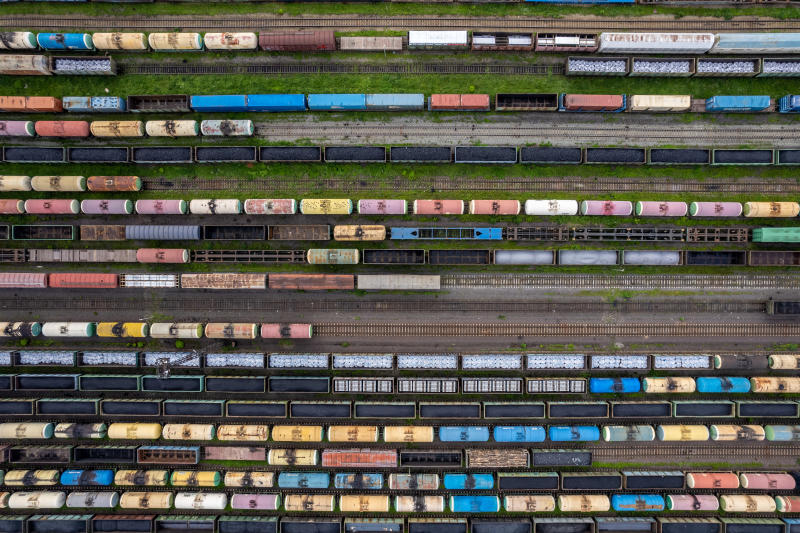
Aleksey Bezborodov, CEO of the analytical agency Infranews, estimates the lack of container trains at 30 units per week.
By 2024, the capacity of the BAM [Baikal-Amur Mainline] and Transsib [Trans-Siberian Railway] will be increased 1.5 times to 180 million tonnes. The entire process of railways development in Siberia is divided into several phases. In April 2021, RF Government approved Phase 2 of the BAM and Transsib modernization. In, 2022 the BAM and Transsib capacity is to be increased by 14 million tonnes: from 144 to 158 million tonnes. By the end of 2024, Phase 2 of the Eastern Polygon development foresees the construction of 1,350 kilometers of tracks an 26 junctions, reconstruct 25 stations and 6 junctions. Large-scale modernization will probably require temporary closure of the railways for repair works. Meanwhile, with the embargo on Russian oil coming into effect in 2023 part of this cargo can be transported in railway tank cars to China, thus increasing the demand for the Eastern Polygon infrastructure.
More industry-related content is available on our social media pages: YouTube, Telegram, Yandex Zen




